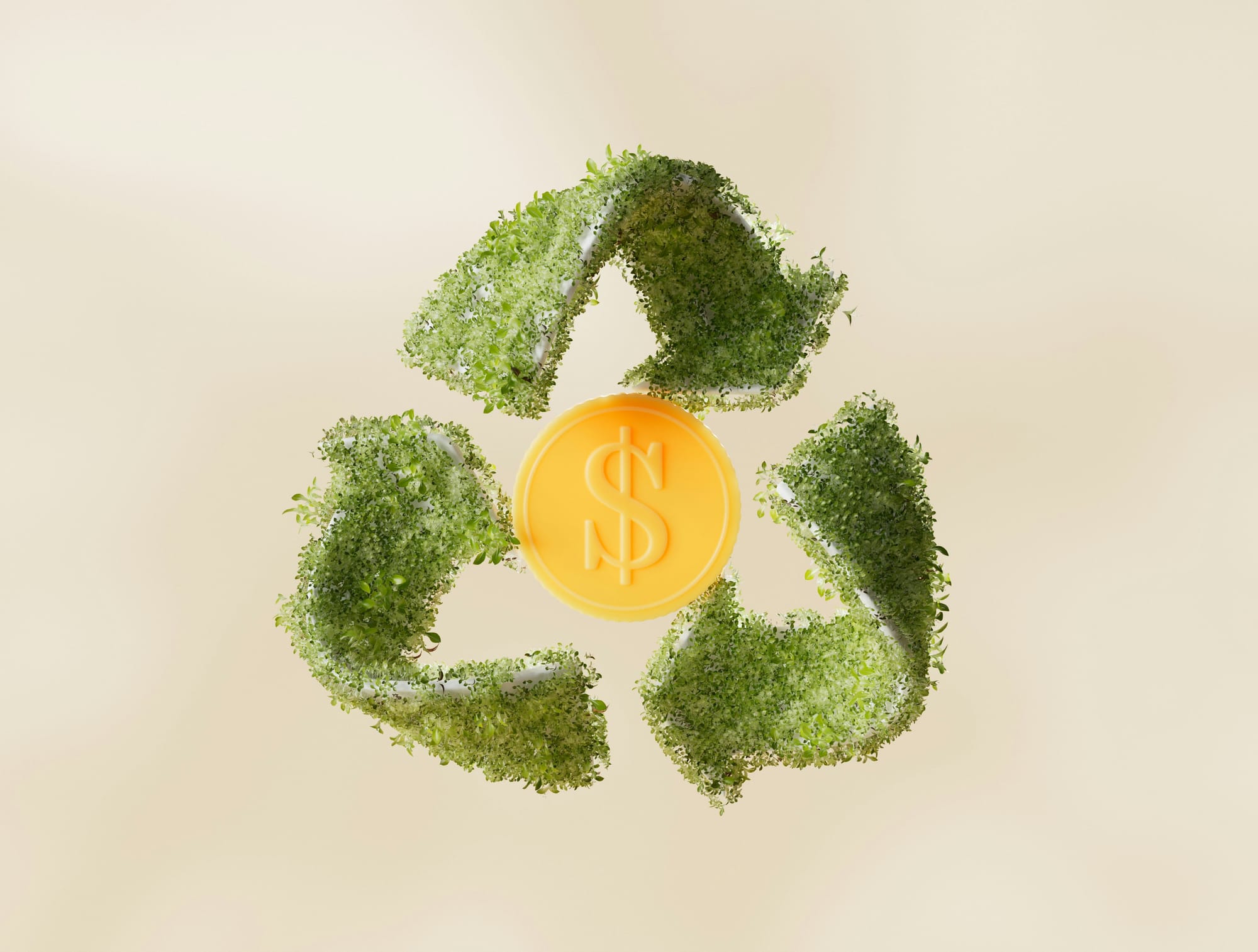Today's e-commerce landscape is witnessing a fundamental shift where sustainable finance isn't just good for the environment—it's essential for your bottom line. As consumer demand for eco-conscious businesses reaches an all-time high, smart sellers are discovering that green financing strategies can unlock new revenue streams while future-proofing their operations.
The Financial Case for Going Green
The numbers never lie: products with sustainability claims see 6.4% higher revenue than those without. This isn't just a trend—it's a market transformation that's reshaping how American consumers make purchasing decisions. Research shows that 68% of customers choose products based on sustainability credentials, while 77% of retail organizations report that sustainability leads to improved customer retention.
"ESG-driven supply chain improvements have a direct financial impact," explains Brett Biggs, CFO of Walmart. This perspective reflects a growing understanding among financial leaders that sustainable practices aren't cost centers—they're profit drivers.

Understanding Sustainable Finance in E-Commerce
Sustainable finance, also known as green financing, involves investing in projects, products, and activities that promote environmental sustainability development. For e-commerce businesses, this translates into strategic investments that serve dual purposes: reducing environmental impact while enhancing profitability.
Key areas where e-commerce businesses can apply sustainable finance include:
- Supply chain decarbonization and plastic alternative investments
- Third-party sustainability audits and carbon accounting
- Carbon offsetting projects and renewable energy installations
- Green business certifications and ESG compliance initiatives
- Sustainable packaging transitions and product redesigns

Pillars of Sustainable E-Commerce Finance
Recent research identifies critical factors that influence the successful integration of e-business and sustainable finance:
1. Environmental Sustainability
Focus on reducing your carbon footprint through optimized delivery routes, carbon-neutral shipping options, and energy-efficient operations. Simple changes like implementing motion-sensor lighting or switching to renewable energy sources can yield significant long-term savings.
2. Financial Sustainability
Ensure your green initiatives support long-term profitability. E-business models like subscription services offer scalable revenue streams that support sustainability goals while maintaining financial health.
3. Supply Chain Optimization
Since up to 90% of a company's carbon footprint comes from its supply chain, investing in supplier assessments and sustainable sourcing creates both environmental and financial benefits.
4. Technology Integration
Leverage blockchain for supply chain transparency, AI for ESG performance measurement, and big data analytics for informed sustainable investment decisions.

Financing Your Sustainability Journey
Internal Funding Strategies
Start by allocating existing budget toward sustainability initiatives that offer cost savings. Prioritize energy efficiency improvements and waste reduction programs that provide immediate ROI while building toward larger sustainability goals.
External Funding Options
- Green loans: Financial institutions increasingly offer specialized loans for sustainability projects
- Public and private grants: Various programs support businesses implementing eco-friendly practices
- Customer-funded initiatives: Programs like EcoCart's checkout widget allow customers to contribute to sustainability projects, with 67% of customers opting in to support carbon projects
The Circular Economy Advantage
Adopting circular economy principles—focusing on reuse, repair, and recycling—opens new revenue streams while reducing waste. Companies like ThredUp and Poshmark demonstrate how second-hand marketplaces can be profitable while promoting sustainability.
Real-World Success Stories
Rumpl, an outdoor gear company, implemented customer-funded carbon offsetting through checkout widgets. The result? 67% customer participation with 31% of contributions directly supporting their Carbon Neutral Certification goals. This approach simultaneously reduced certification costs and enhanced customer engagement.
Harry Barker, a pet accessory retailer, built their entire brand positioning around sustainable materials without sacrificing quality, proving that eco-friendly doesn't mean compromising on performance.
The Cost-Benefit Reality
While sustainable finance requires upfront investment, the long-term benefits are compelling:
Cost Savings:
- Renewable energy costs drop approximately 10% annually while fossil fuel costs remain static
- Waste reduction and energy efficiency improvements provide ongoing operational savings
- ESG-aware insurers reward responsible companies with lower premiums
Revenue Growth:
- Enhanced customer loyalty and retention
- Access to new market segments prioritizing sustainability
- Improved credit ratings and investor confidence
- "Innovation rooted in sustainability can lead to new revenue streams," notes Luca Maestri, CFO of Apple
Practical Implementation Steps
Start Small, Think Big
Begin with high-impact, low-cost initiatives:
- Switch to sustainable packaging materials
- Optimize shipping routes to reduce fuel consumption
- Implement energy-efficient lighting and equipment
- Offer digital receipts and documentation
Measure and Communicate
Establish tracking systems for sustainability metrics and communicate progress transparently to customers. Modern consumers expect transparency and accountability from the companies they support.
Scale Strategically
As your sustainability program matures, expand into larger initiatives like renewable energy installations, comprehensive supply chain audits, and green certifications.
The Future is Green—and Profitable
The integration of sustainable finance into e-commerce operations isn't just an environmental imperative—it's a business necessity. As "ESG-conscious companies are seen as lower credit risks" and consumer preferences continue shifting toward sustainable brands, businesses that embrace green financing today will lead tomorrow's marketplace.
The momentum behind sustainable e-commerce is undeniable, driven by consumer demand, economic incentives, and technological advancements. By viewing sustainability through a financial lens, e-commerce businesses can create value for stakeholders while contributing to a more sustainable future.
The question isn't whether you can afford to invest in sustainable finance—it's whether you can afford not to. Start your journey today, and discover how green money can fuel your business's brightest future.




Discussion